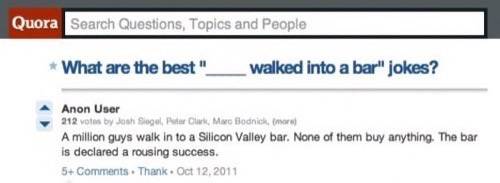Months after warning developers it would happen, the Google Developer team announced tonight that the era of unlimited Google Maps usage for free is officially over. Developers whose apps load more than 25,000 basic maps or 2500 stylized maps per day will have to cough up some cash.

An era has ended for the first API that really made mashups mainstream, most famously via housingmaps.com, a mashup of Craigslist rental search results and Google Maps. Unlimited access may no longer be available for free, but some observers say it’s a good move for the developer ecosystem. “For some developers this can clearly be an issue but overall it’s healthy for the ecosystem,” John Musser of API watch-dog site Programmable Web told us tonight. “Services need to be sustainable with business models that work for both sides.”
Launched in June of 2005, the Google Maps API is the archetypal API, or Application Programming Interface. A number of other map APIs now allow data to be displayed on a map, though, and thousands of other APIs allow data to be read from or written to other websites and services.
The free vs commercial nature of Google APIs and the Maps API in particular have always been a little unclear.
“Given the value these APIs give and the cost of running them,” says independent Australian developer Daniel Treadwell in words echoed by many people, “I think charging for it isn’t a problem at all. The last thing anyone wants is for it to be retired like some others have been.”

This Spring, there was a massacre of free Google APIs that got slated for shut down so the company could focus on other priorities. Weeks later, Google changed its mind about its Translate API in particular, announcing it would develop a paid version that developers dependent on it could rely on.
It’s extremely unlikely that the Maps API would ever disappear altogether, but even if it did there are already viable alternatives including Open Street Map and MapQuest. Other up-and-coming options include DevelopmentSeed and TileMill.
So far, though, many developers appear satisfied with the way Google is handling this transition tonight. (Except some dissenters on my Google Plus thread, which is great to see. Keep it up, dissenters!) That’s good for the future of location-based application development and innovation. Google Maps is a living, breathing, changing, incredibly valuable resource. If you wrote an app that has got enough traction that you’re cranking on that API past a certain limit, paying something for it certainly seems fair.
Paul Rademacher, the creator of HousingMaps.com, had this to say in response to the announcement:
My concern would be that individual and small-team developers (who have fueled the geo explosion) not be scared away by this change. 25,000 maps per day is actually quite high, and should cover the long tail of API sites. It takes a lot of press or very healthy sustained traffic to reach that number. One main question developers will have is “what happens if my site suddenly hits the front page of X and gets huge traffic?” That should be ok according to the Maps API FAQ, so long as it’s a short-term spike. I expect the vast majority of sites won’t be affected at all by the new usage limit, some very small number of very large sites will be affected, and for those in between: talk to Google API Premier team and figure something out. To the small geo developers: please keep coding!!

















